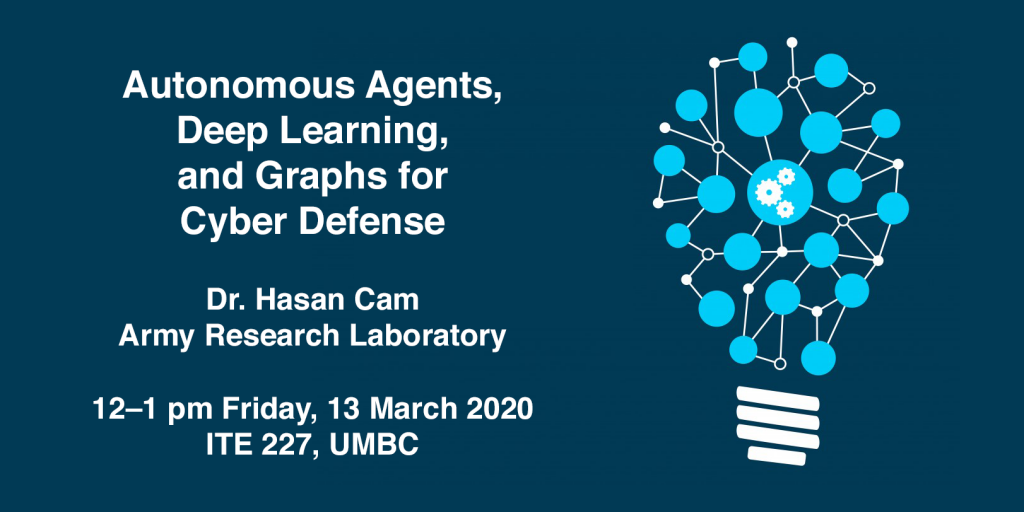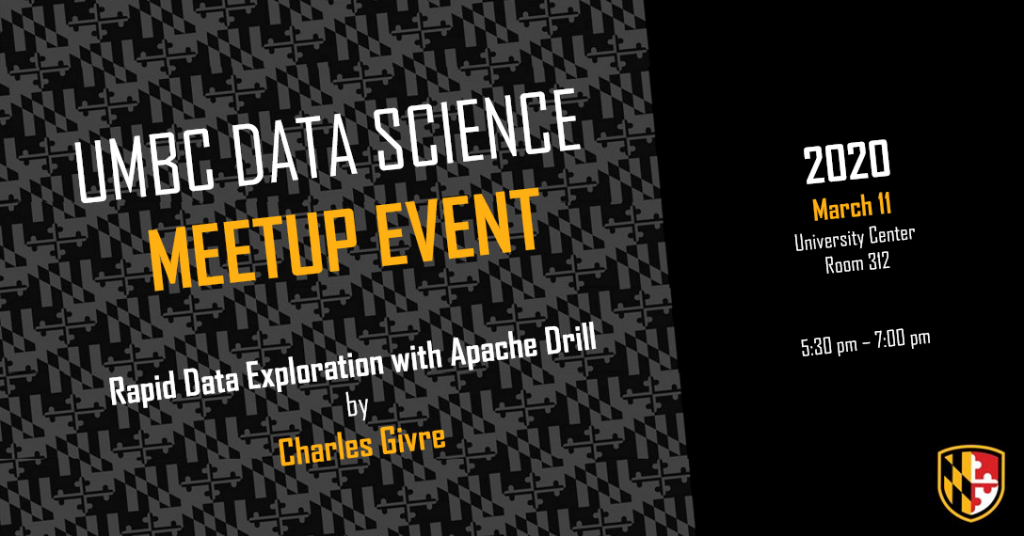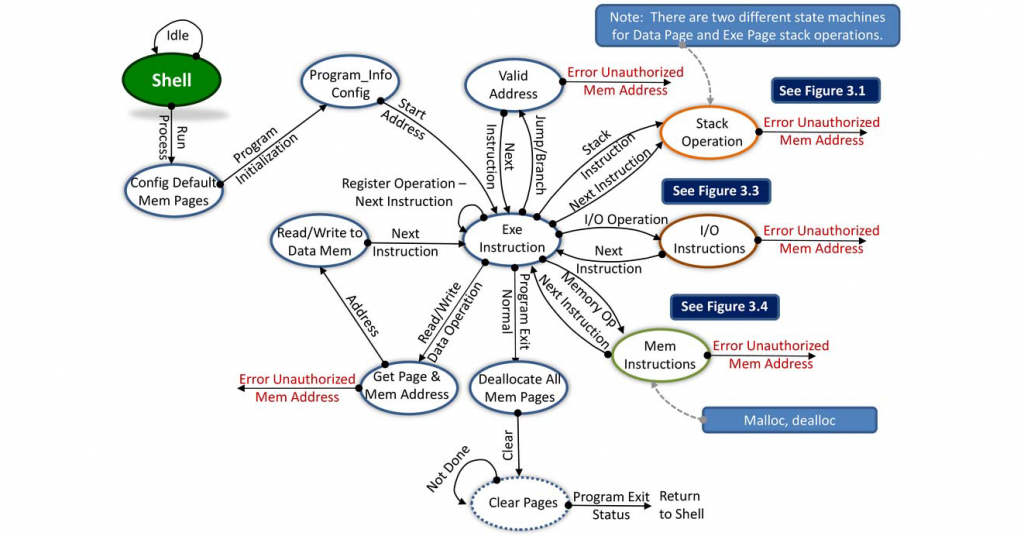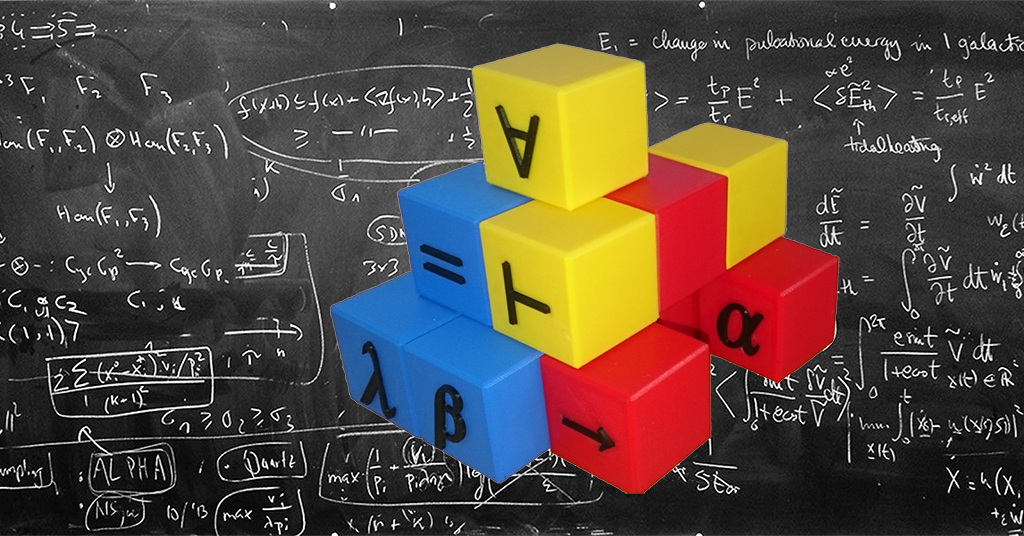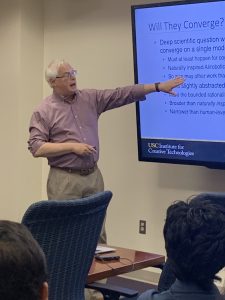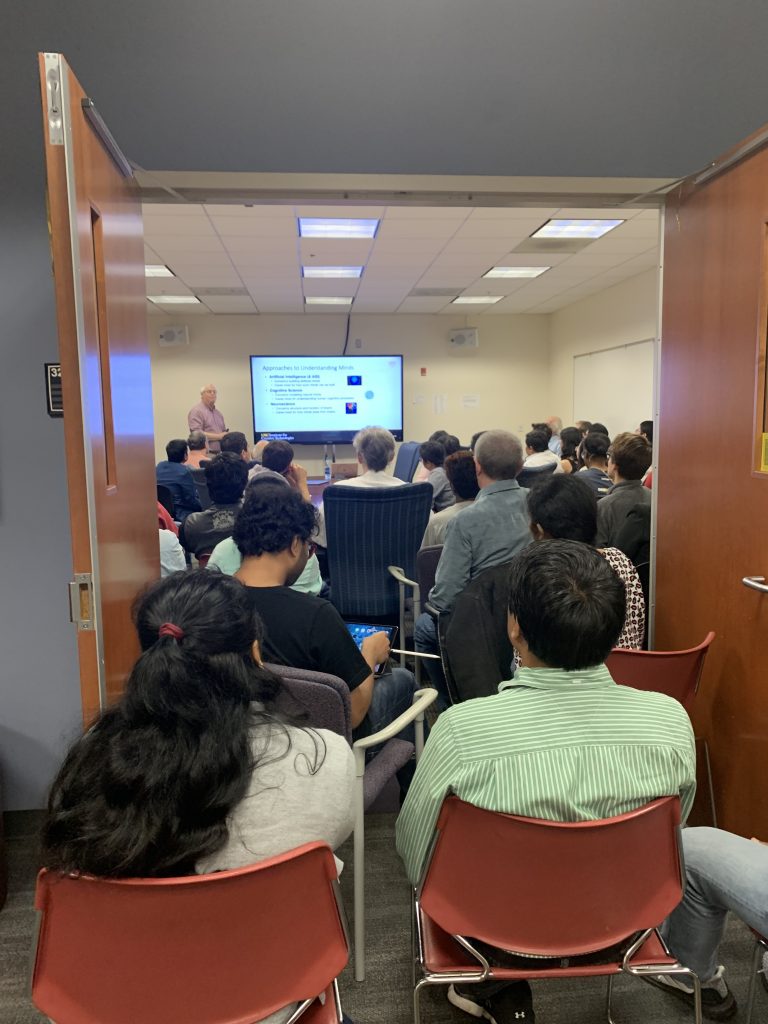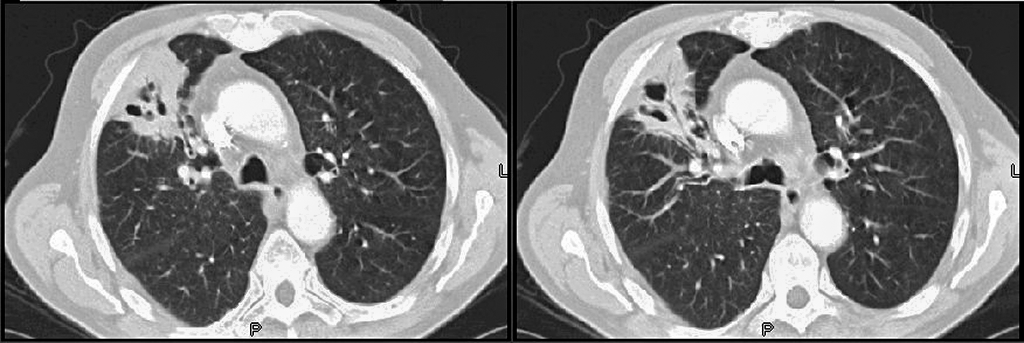
The UMBC Cyber Defense Lab presents
Hard-Learned Lesson in Defense of a Network
Dan Yaroslaski
Former Operations Officer at Marine Forces Cyberspace Command, Colonel, USMC
12–1:00pm, Friday, 27 March 2020
WebEx: https://umbc.webex.com/meet/sherman
Often network defenders fail to take into account organizational culture when attempting to provide a secure, reliable, and usable enterprise network. Users and process leaders often fall victim to the false allure of the value of networked systems, without asking the question, “Should this be networked?” Collectively, organizations also forget that networks are a combination of the humans who use the network, the personas we all have to form to gain access to this manmade domain, and the interplay of logical and physical network architecture manifested in geographical locations. The value of some simple military principles—including defense-in-depth, mission focus, redundancy, and resiliency versus efficiency—can help a network defender better advise everyone from the “C Suite” decision-makers to the average network user, on how to have a secure network while accepting reasonable limitations.
Colonel Dan Yaroslaski is a career Marine with over 30 years of service to the nation. He started as an enlisted anti-armor missileman, who then became an Assault Amphibian Vehicle Officer (AAV’s are 27 Ton armored amphibious descendants of the WW II vehicles used from Tarawa to Iwo Jima). He has made a career of integrating technology and human beings to form cohesive combat organizations. Dan’s diverse career placed him at the forefront of high-end, top-secret compartmentalized planning and execution, to the extremely human act of advising an Afghan National Army Kandak (Battalion). During his five-year tenure at Marine Forces Cyberspace Command, he successfully architected new techniques that took advantage of boundary defenses, to new and innovative ways to integrate traditional warfare methods with cyberspace operations, as highlighted in a recent NPR story about USCYBERCOM’s Operation GLOWING SYMPHONY. Dan also spent time creating effective policy directing network operations and defense, to include an extremely frustrating year negotiating the interplay of network operations, operations in the information environment, and Marine Corps culture. Dan and his wife are now empty nesters, so they spend an enormous amount of time nurturing two dogs to fill the void left by their children. As the Rolling Stones point out, “What a drag it is getting old.”
Support for this event was provided in part by the National Science Foundation under SFS grant DGE-1753681. The UMBC Cyber Defense Lab meets biweekly Fridays. All meetings are open to the public. Upcoming CDL Meetings:
- Apr 10, Russ Fink (APL), ransomware
- Apr 24, Lance Hoffman (GWU), policy
- May 8, Jason Wells (UMBC SFS scholar), law enforcement
- May 22, Spring SFS Meeting at UMBC, 9:30am-2pm, ITE 456
